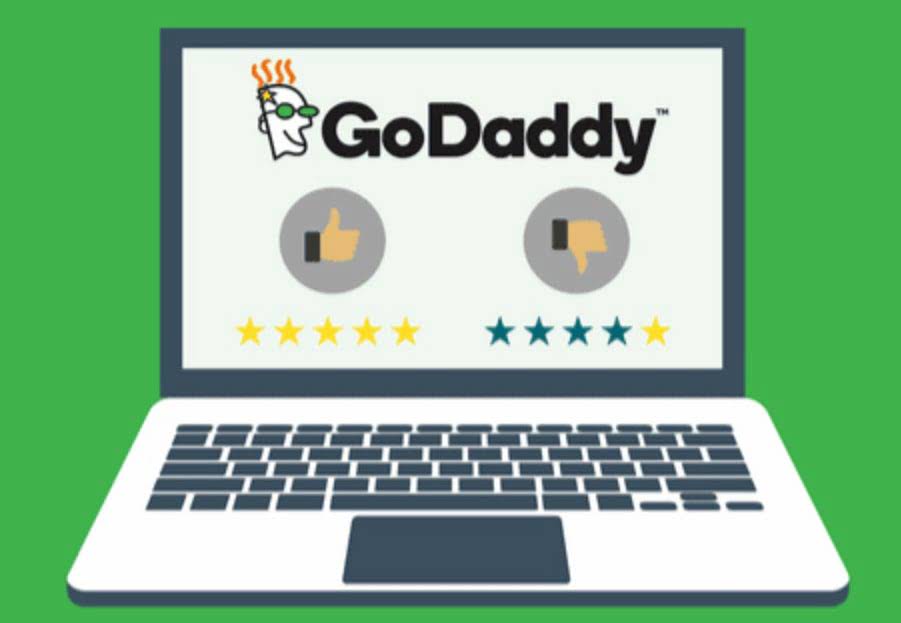
This article was written by our expert who is surveying the industry and constantly updating the business plan for a daycare. Yes, the daycare industry is growing due to increasing workforce participation and a growing awareness of the importance of early childhood education. The US childcare market size was valued at $61.70 billion in 2023 and is projected to grow at a compound annual growth rate (CAGR) of 5.86% from 2024 to 2030.

Developing a profitable daycare center business plan
- In addition to the base enrollment costs, there are additional services you can charge for.
- A typical 2,000 square foot center serving 30 mixed-age children requires 5-8 staff members to maintain compliance.
- From forming strategic partnerships to exploring enrichment programs, we’ll explore how to increase your daycare profit margin while maintaining excellence in childcare.
- The surge in clients is due to the fact that there have been more family members using daycare centers in recent years.
- In order to calculate profits for a daycare, you must first forecast sales and expenses.
- In order to identify the states with the highest and lowest child care costs, WalletHub analyzed the prices of full-time family-based and center-based child care.
From determining the start-up costs, securing funding, and projecting profitability, financial planning plays a vital role in the success of your venture. By conducting thorough market research, creating a comprehensive budget, and exploring potential revenue streams, aspiring childcare center owners can position themselves for long-term financial stability. Establishing a childcare center budget will help track your income and expenses while also helping you improve efficiency in your operations and spending over time. Particularly in the beginning, drafting a budget gives you a clear view of the startup costs and what’s needed to keep your center up and running. Creating a monthly income template for your daycare involves documenting your expected monthly income based on the number of children enrolled and the average monthlcategy cost per child. You can list out the different age groups and the corresponding number of children in each group.
What is a daycare business profit and loss statement template?
- In this article, we will explore the significance of the childcare profit and loss statement form.
- They are usually more visually appealing to parents and more appropriate for children.
- Daycare businesses experience significant seasonal fluctuations that can reduce revenue by 10-30% during summer months and holiday periods.
- Love it or loathe it, one of the most important parts of running a daycare is maintaining a balanced budget.
- Using a tool like a budget planner can help you avoid errors and wasted time so you can get back to running your childcare center.
- Add up all of the expenses your center will have, and then calculate how many children and the cost per child you will need to cover all of your costs.
A fixed cost could be your monthly internet bill, which is the same regardless of how many children are enrolled in your program. If your center has more children enrolled, you’ll need to spend more money to provide more meals, i.e., the cost varies. For example, you can organize an online fundraising campaign for specific retained earnings projects for your daycare center, such as a garden expansion or purchase of equipment. If your daycare is registered with the IRS, you’re eligible to receive donations on Facebook.
Step 3: Calculate net income using a daycare budget template

Automated daycare accounting general ledger entries make it easier to keep track of all transactions. Additionally, it is crucial to have a workable billing strategy that considers the number of transactions and the payment terms for each transaction. Daycare owners can ensure that their business remains financially sustainable by having accurate invoicing and billing processes. Optimizing daycare finances for growth is essential to assessing your preschool’s financial sustainability and maintaining a healthy and successful business. Cash flow management is especially important to ensure your business has enough money to cover expenses. Additionally, accurate record-keeping and budgeting are essential for maintaining financial security.

Business Hours
- This template will help you track and manage your daycare’s income on a monthly basis.
- The location plays a crucial role in determining how much a daycare can charge for services.
- Single-parent households have things even tougher, needing to shell out around 38.4% to 44.7% of the median income for child care.
- Utilize email reminders before payment is due and after a missed deadline and consider following up with a phone call if your first attempts have no response.
- Thorough planning and keeping on top of your numbers will help you understand exactly where you are spending your money and find ways to improve efficiency.
- Use market research to estimate the average revenue you can expect from each new income stream.
Then, you’ll need to pay a corporate tax based on your daycare’s profit at the end of the year. As a childcare business, you’ll make most of your income from the weekly or monthly childcare costs that families (or state programs) pay you for childcare services. We’re including below the sales to net profit breakdown of a daycare center with 50 children (yearly revenue is ~$1,500,000 and net profit margin ~14% in line with the estimates provided earlier). As a child care provider, income, for the most part, comes in from the parents of children enrolled in your program. Determining how many children you need to be enrolled and what to charge is possibly the most important calculation you’ll need to make as a business owner.
It empowers businesses to assess the efficacy of their income generation systems, find places where costs could be reduced, and ultimately make sound business decisions. This template serves as a financial mirror, reflecting the business’s strengths and shortcomings and providing a snapshot that can drive strategic planning and resource allocation. Your net income is, simply put, the amount of money left from your revenue after all your operating expenses have been paid. You can find more information on how to successfully build your childcare budget, Accounts Payable Management and what other income streams and operating expenses to consider. Typical expenses include staff salaries (which can account for 60-70% of costs), rent or mortgage for the facility, utilities, insurance, supplies, and licensing fees. Efficient management of these expenses is essential to maximizing profitability.


This two-pronged strategy ensures that tuition fees remain competitive in the market while keeping harmonizing with the overarching goal of covering operating expenses. Both of these outcomes are important for the growth of an educational institution. This dynamic equilibrium is necessary for the resilience and sustainability of the financial system. The P&L template is more than just a financial document; it is a dynamic tool that allows childcare owners and managers to gain critical insights.
It’s important to set guidelines and policies that encourage families to pay tuition fees on time. Implement late fees and establish a payment reminder system to notify families when tuition is past due. Utilize email reminders before payment is due and after a missed deadline and consider following up with a phone call if your first attempts have no response. While unpaid invoices can be written off as bad debts on your taxes, they also serve as missed income and can affect your ability to pay your business expenses. Your budget calculations will be based on estimated monthly costs for each expense item. For this example, let’s say you have about 60 children enrolled in your program, you have a full capacity of 80 children, and are open 254 days a year.
